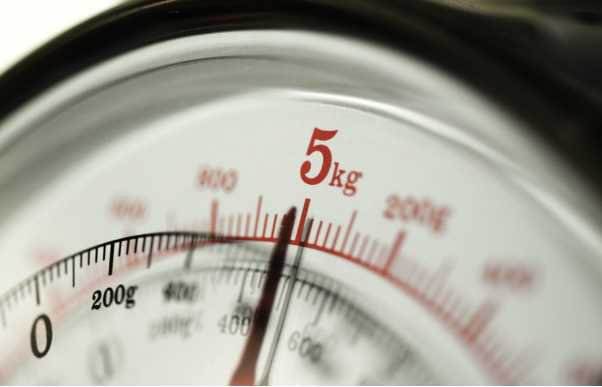The Working Principle Of A Compression Load Cell
Compression load cells are instrumental for the operation of coil tubing units in oil rigs. They’re used in several industries including oil and gas exploitation, as measuring instruments. They operate on a working principle that’s crucial for measuring force.
Types of load cells can be broadly categorized into four groups: tension, bending, alternating, and compression load cells.
Load cells work like transducers that calculate and output force in the form of electrical signals. A variety of load cells detect pressure readings via strain gauges, although there are other forms of force sensors too.
It's a load that's designed to weigh down at one point to register the compression. They're good measuring tools for the pushing force along one axis. They're placed underneath a weighty object that needs to be measured. Contrary to that, tension load cells calculate the force with which they’re being pulled.
How Do Strain Gauges Work
When force is applied on the compression load cells, the strain gauge deforms. This gives your system the measurement of the load. Compression load cells can measure changes in resistance, depending on the load applied. Electronic measuring scales maximize the accuracy of measurements and reliability of the system.
Why Do Compression Load Cells Need To Be Sturdy
Oil rigs are situated in areas that experience harsh weather. The occupation adds more adversities that make the living conditions and job one of the hardest in the world. Therefore, the oilfield instrumentation used in the process also needs to be sturdy enough to withstand high pressure. Compression load cells are a classic example of that.
The substance used to manufacture compression load cells must be anti-corrosive and resistant to scratches. The oil rig sites may receive a fair share of rain, hail storms and snow, and the instruments need to face that without succumbing under it.
Damages to the base plate can affect the accuracy of measurements, and that can disrupt the operations. This is why the base plate is a hardened cover that's impervious to damage.
How Are They Accurate
Weight measurements are the linchpin of success in many industries, oil and gas being one of them. Slightest inaccuracies can translate into significant financial loss and inefficiencies. This is why compression load cells have to be highly accurate. The sing-point system in load cells offers great utility in industrial weight measurements. They are highly versatile and can register off-centre loads for maximum accuracy.
Customizable calibration services can turn these weight-measuring devices into long-term solutions for oil companies. These devices are quick to measure and provide results, which improves operations, cuts time and costs by a large margin.
If you’re looking for industrial-grade compression load cells and other oilfield instruments such as mud pressure gauges, custom cables, or clipper weight indicators, you’ve found them.
Contact Instruments is the sole manufacturer of OEM hydraulic and electronic instruments for industrial use in Canada, at their production facility in Leduc, Alberta. They're dealing with oilfield instrumentation for oil and gas companies.





Comments
Post a Comment